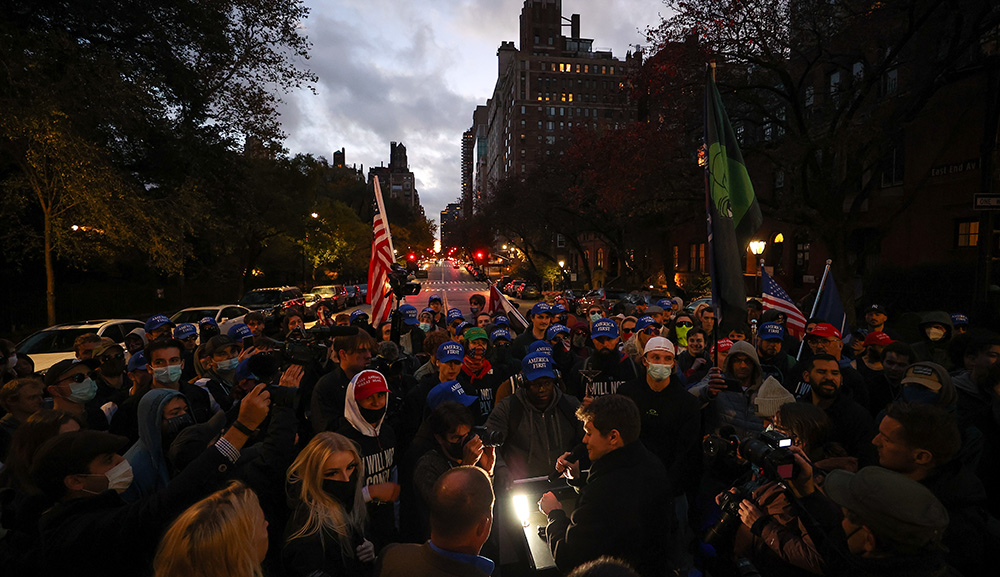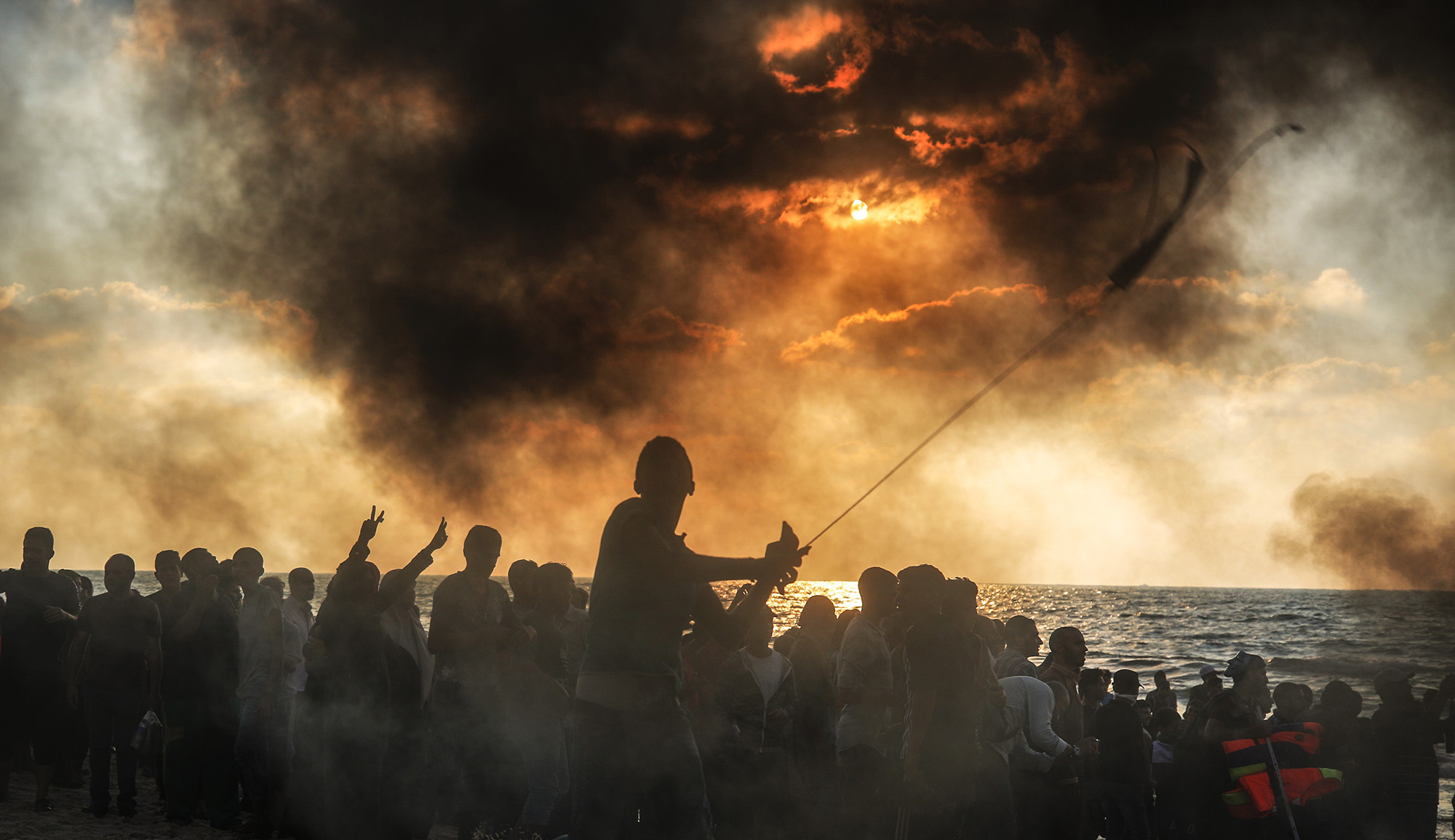A tomb on the Mount of Olives has long been venerated by Jews as the resting place of the biblical prophetess Hulda. Christians and Muslims, however, worship there for their own reasons, as Miriam Feinberg Vamosh writes (free registration required):
King Josiah, the Israelite leader from 641 to 609 BCE, aspired to purge the land of idol worship, after his own grandfather Manasseh had permitted idolatrous worship in the Temple. Josiah ordered the Temple renovated for proper worship of the one God, during which a scroll—ancient even then—with Deuteronomic texts was found.
The star prophet of the time, Jeremiah, was apparently out of town. But Hulda, wife of Shallum, one of the king’s courtiers (and, the sages suggest, Jeremiah’s cousin), was available for interpretation. She warned Josiah that, indeed, the punishments [for idolatry] listed by the book would apply, though only after Josiah’s time, because he was righteous. Her warning led the Jews to renew their covenant with Yahweh.
Hulda’s tomb may have been located within Jerusalem at one point and later removed. . . . [B]y the Middle Ages, Jewish pilgrims write that they had visited Hulda’s tomb at the top of Jerusalem’s Mount of Olives. . . . But to Christians, this very same tomb is occupied by St. Pelagia, a 5th-century actress and singer from Antioch known for her beauty who, at the behest of her bishop, St. Nonnus, left her old life behind, disguised herself as a man, and came to Jerusalem where she lived alone in a monastic cell and died in 457 CE. . . .
Moving onto Muslim tradition, this is the tomb of Sit Raba’a al-Aduwiyyeh. She was born a slave in Basra, Iraq, in the year 714. According to the story, when her master saw a golden halo surrounding her as she prayed, he decided to free her.
More about: Book of Kings, Christianity, Islam, Jeremiah, Jerusalem, Religion & Holidays


